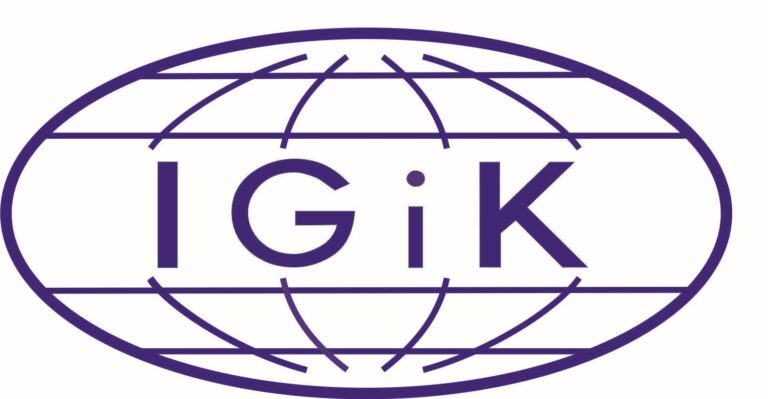Development and implementation of an innovative method for determining the fertilization needs of plants, with particular emphasis on phosphorus, at the early yielding stage for a selected cereal plant species and predicting its optimal supply during plant growth, based on multi-source hyperspectral data

Project Description:
The goal of the operation is to create a digital tool for farmers that allows for non-invasive, remote detection of phosphorus and nitrogen deficiencies. Information on the nutritional status with respect to phosphorus and nitrogen will be calculated based on satellite data, using technology developed as part of the research component. Information on detected deficiencies, along with a recommended interventional fertilization plan, will be available to farmers on internet-connected devices through an application developed as part of the development work. Proper use of the information provided will eliminate crop problems resulting from deficiencies of elements in the soil and support the sale of agricultural products. Ultimately, the project results will be an international innovation consisting of the creation of technology for remote marking of phosphorus and nitrogen deficiencies in cereals based on satellite data.
Implementation:
The project included field campaigns covering in situ studies of cereal crops at early developmental stages, carried out on experimental fields located at the SGGW Experimental Station in Skierniewice, winter rye fields in the West Pomeranian Voivodeship, and fields from three areas of the Mazowieckie Voivodeship.
A complete dataset was collected for both control and test crops at the early growth stage, including crop parameter records, laboratory analyses of soil and plants, hyperspectral data of plant growth and development using ASD FieldSpec 4 Hi-Res and drone surveys, as well as satellite imagery in selected ranges (Sentinel-2 and PlanetScope).
Various machine learning models were applied, including a three-layer neural network (input layer with 64 neurons, hidden layer with 32 neurons, and output layer). The model was trained for 10,000 epochs, optimized with the Adam algorithm and the MSE loss function. Correlation matrix analysis was performed for different plant and soil parameters, identifying significant relationships between nutrients and metals.
Hyperspectral drone data were analyzed to predict phosphorus content in winter rye using Feedforward Neural Networks (FNN). Additional analyses were conducted on simulated Sentinel-2 and PlanetScope bands, achieving similar accuracy in phosphorus prediction. Reflectance measurements obtained with FieldSpec were also included, simulating Sentinel-2 and PlanetScope bands.As part of the research activities, a scientific paper was prepared in collaboration with Warsaw University of Life Sciences (SGGW) and Transcend. In 2025, two patent applications were submitted, concerning the developed model and technology enabling precise identification of phosphorus and nitrogen deficits in plants based on hyperspectral data analysis.
Project Duration: March 13, 2023 – March 31, 2025
Project Consortium:
Transcend Sp. z o.o., Institute of Geodesy and Cartography, Warsaw University of Life Sciences (SGGW).
The project is funded by the Agency for Restructuring and Modernisation of Agriculture under the Rural Development Programme 2014–2020 (European Commission), Measure 16 “Cooperation”.


